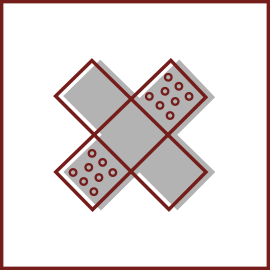
What is a Hernia?
A hernia occurs when an organ, intestine or fatty tissue squeezes through a hole or a weak spot in the surrounding muscle or connective tissue. Hernias often occur at the abdominal wall. Sometimes a hernia can be visible as an external bulge particularly when straining or bearing down.
Types of Hernias
The most common types of hernias are:
• Inguinal: occurs in the inner groin
• Femoral: occurs in the upper thigh/outer groin
• Incisional: occurs through an incision or scar in the abdomen
• Ventral: occurs in the general abdominal/ventral wall
• Umbilical: occurs at the belly button
• Hiatal: occurs inside the abdomen, along the upper stomach/diaphragm

Causes of Hernias
Most hernias are caused by a combination of pressure and an opening or weakness of muscle or connective tissue. The pressure pushes an organ or tissue through the opening or weak spot. Sometimes the muscle weakness is present at birth, but more often it occurs later in life. Anything that causes an increase in abdominal pressure can cause a hernia, including obesity, lifting heavy objects, diarrhea or constipation, or persistent coughing or sneezing. Poor nutrition, smoking, and overexertion can weaken muscles and contribute to the likelihood of a hernia.
Hernias have a high rate of recurrence, and surgeons often use surgical mesh to strengthen the hernia repair and reduce the rate of recurrence. Since the 1980s, there has been an increase in mesh-based hernia repairs—by 2000, non-mesh repairs represented less than 10% of groin hernia repair techniques.

Surgical Mesh
Surgical mesh is a medical device that is used to provide additional support to weakened or damaged tissue. The majority of surgical mesh devices currently available for use are constructed from synthetic materials or animal tissue.
Surgical mesh made of synthetic materials can be found in knitted mesh or non-knitted sheet forms. The synthetic materials used can be absorbable, non-absorbable or a combination of absorbable and non-absorbable materials.
Animal-derived mesh is made of animal tissue, such as intestine or skin, that has been processed and disinfected to be suitable for use as an implanted device. This animal-derived mesh is absorbable. The majority of tissue used to produce these mesh implants are from a pig (porcine) or cow (bovine) source.
Non-absorbable mesh will remain in the body indefinitely and is considered a permanent implant. It is used to provide permanent reinforcement to the repaired hernia. Absorbable mesh will degrade and lose strength over time. It is not intended to provide long-term reinforcement to the repair site. As the material degrades, new tissue growth is intended to provide strength to the repair.

Hernia Repair Surgery Complications
Based on FDA’s analysis of medical device adverse event reports and of peer-reviewed, scientific literature, the most common adverse events for all surgical repair of hernias—with or without mesh—are pain, infection, hernia recurrence, scar-like tissue that sticks tissues together (adhesion), blockage of the large or small intestine (obstruction), bleeding, abnormal connection between organs, vessels, or intestines (fistula), fluid build-up at the surgical site (seroma), and a hole in neighboring tissues or organs (perforation). The most common adverse events following hernia repair with mesh are pain, infection, hernia recurrence, adhesion, and bowel obstruction. Some other potential adverse events that can occur following hernia repair with mesh are mesh migration and mesh shrinkage (contraction). Many complications related to hernia repair with surgical mesh that have been reported to the FDA have been associated with recalled mesh products that are no longer on the market. Pain, infection, recurrence, adhesion, obstruction, and perforation are the most common complications associated with recalled mesh. In the FDA’s analysis of medical adverse event reports to the FDA, recalled mesh products were the main cause of bowel perforation and obstruction complications.

